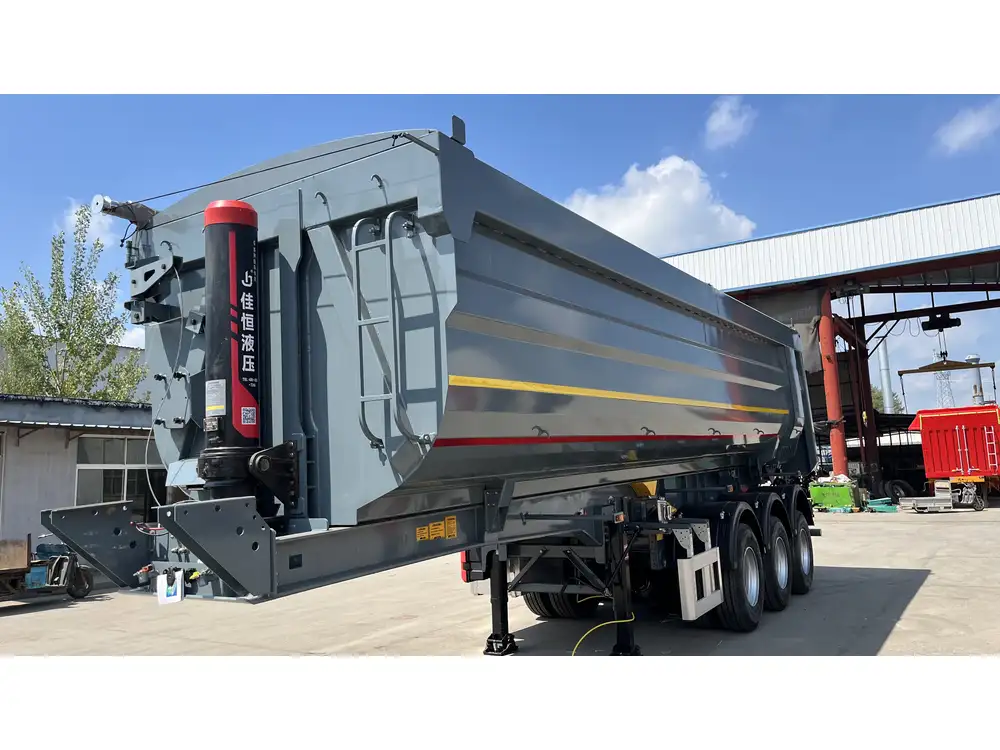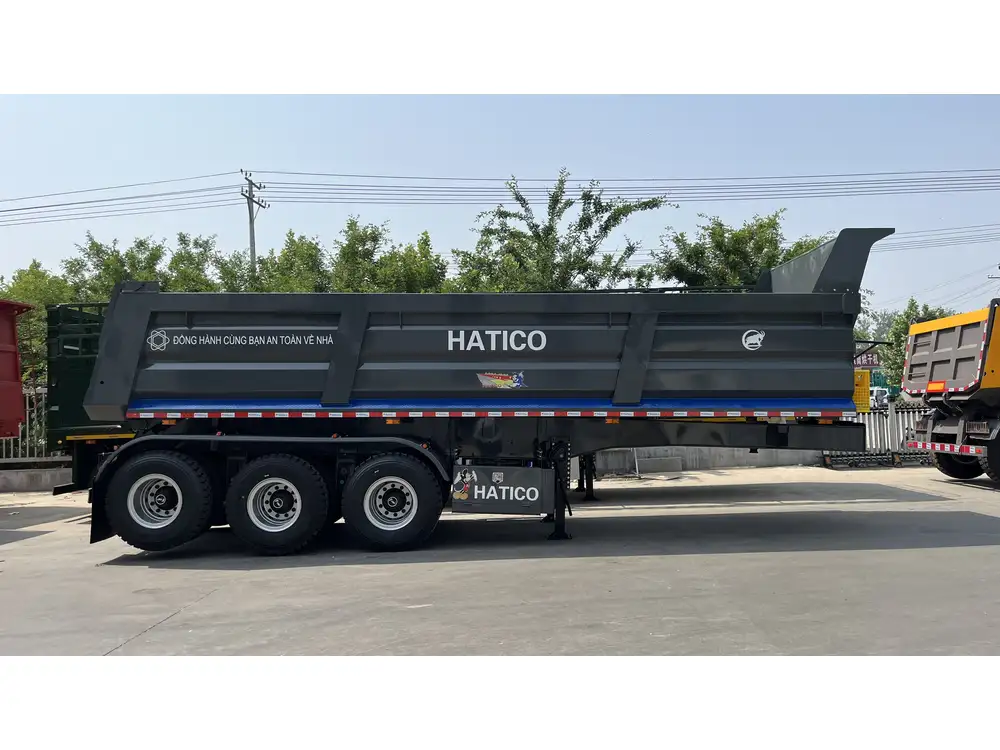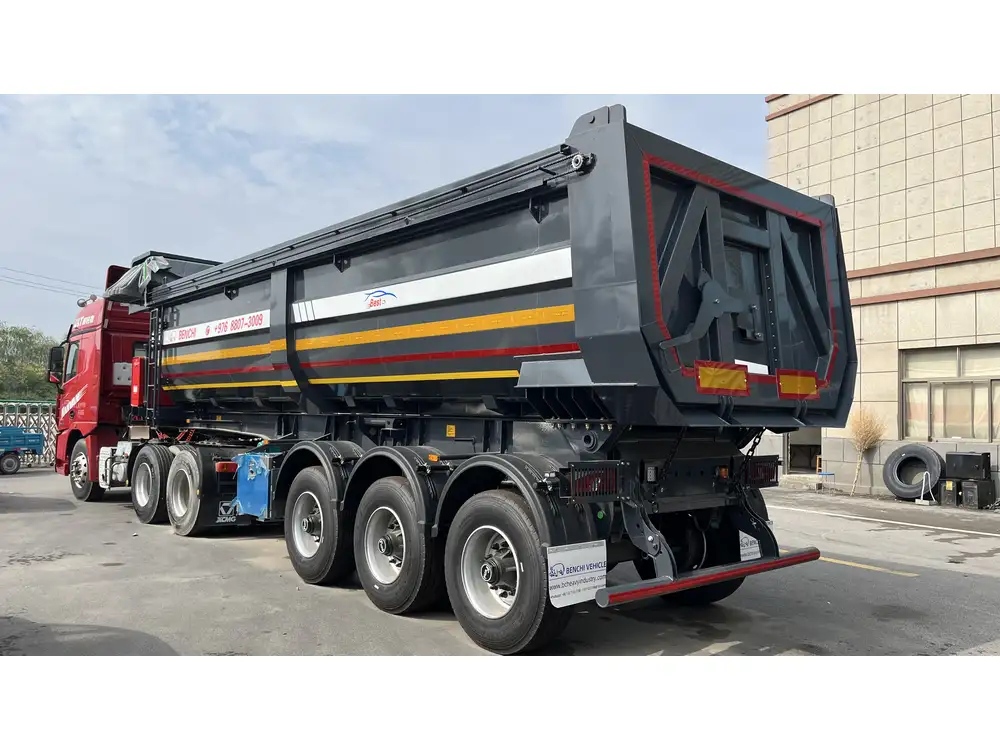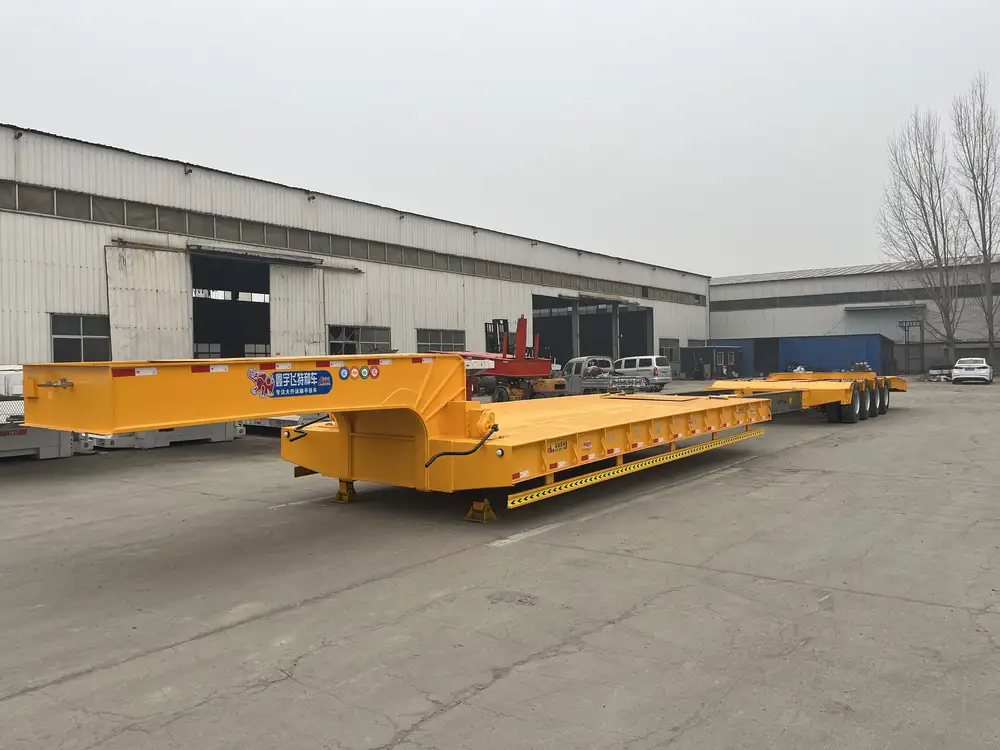Water trucks play a crucial role in various industries, including construction, agriculture, and even firefighting. Their primary use is to transport and distribute water, making it essential to understand their capacities for optimized performance and accountability. This article explores everything you need to know about water truck capacities, answering the pivotal question: How much does a water truck hold?
The Basics of Water Truck Capacity
What is a Water Truck?
A water truck, equipped with a tank designed specifically for transporting large volumes of water, can carry various capacities depending on its size and configuration. Typically, these trucks are fitted with pumps, hoses, and other equipment to facilitate the distribution of water to different sites.

Standard Capacities
Water trucks usually range from small to large capacities. Here’s a comparative breakdown:
| Truck Size | Typical Capacity | Usage |
|---|---|---|
| Pickup Truck | 100 – 500 gallons | Small landscaping jobs |
| Medium Truck | 1,000 – 5,000 gallons | Construction sites |
| Large Truck | 5,000 – 12,000 gallons | Mining and Dust Control |
| Specialized Truck | 12,000 – 25,000 gallons | Firefighting, irrigation |
Understanding the specific capacities helps industries select the right equipment for their needs.
Factors Influencing Water Truck Capacity
Water truck capacity can be influenced by several parameters:
Truck Size and Model: Different manufacturers produce various models with unique specifications. A larger truck intrinsically holds more.
Regulatory Limitations: Depending on the region, regulatory requirements related to weight and dimensions may limit how much water a truck can transport.
Tank Design: The shape of the tank and the materials used for construction can affect the total volume. Tanks can be round, square, or rectangular, each having implications for capacity.
Safety Considerations: Trucks must maintain a certain center of gravity and handling capabilities, affecting how much water can be safely transported.
Detailed Capacity Breakdown by Industry

Construction Industry
In the construction industry, water trucks are indispensable. They are primarily used for:
- Dust Control: Water is sprayed to bond with dust particles, reducing airborne dust and improving air quality.
- Soil Compaction: Adding water aids in achieving the desired soil density.
In this realm, medium trucks (1,000 – 5,000 gallons) dominate, as they provide a balance between capacity and maneuverability on tight job sites.
Agriculture Sector
For agricultural applications, water trucks serve multiple functions, such as:
- Irrigation: Delivering water to remote fields.
- Livestock Needs: Supplying drinking water for animals.
Large capacity trucks often utilized in agriculture can range from 2,500 to 10,000 gallons, allowing for fewer trips and efficiency in saturated farming practices.
Firefighting
Firefighting is a high-stakes operation that requires rapid response. Therefore, water trucks equipped for firefighting should hold substantial amounts of water, typically above 3,000 gallons. The key uses include:
- Emergency Water Supply: Quickly delivering water to combat wildfires.
- Controlled Burns: Supplying water for prescribed fires to manage undergrowth.
These specialized tanks may come with pumps and hoses for immediate water application.

Dust Control in Mining
Mining operations benefit substantially from water trucks. Regular spraying of water reduces dust emissions, aiding compliance with environmental regulations. Trucks in this industry often carry between 5,000 to 15,000 gallons of water, adhering to both capacity and operational requirements.
How to Calculate the Required Capacity for Your Needs
To choose a water truck with the appropriate capacity for your operation, consider the following steps:
1. Assess Your Daily Water Needs
Determine the volume of water your operations require daily. This could be calculated through historical data or estimated projections based on tasks at hand.

2. Factor in Delivery Distance and Frequency
- Distance: The farther the water source, the more trips will be needed if the truck’s capacity is lower.
- Frequency: How often will you need water delivered? High-frequency needs may require larger trucks.
3. Evaluate Worksite Constraints
In construction or agricultural settings, there may be space constraints affecting the size of truck you can use. Opting for a truck too large can limit maneuverability and increase potential hazards.
4. Consider Water Source Availability
Availability of a water source near your worksite can reduce the need for larger trucks, as smaller tanks can refill quickly.

The Importance of Choosing the Right Water Truck
Cost-Effectiveness
Opting for the right truck size impacts overall project costs. Small trucks may require more trips, increasing fuel consumption and labor costs. Conversely, unutilized truck capacity means you’re not maximally using your resources.
Environmental Considerations
Larger water trucks can significantly minimize the ecological footprint by reducing trips and emissions. This is particularly pertinent in sustainable practices within construction and agriculture sectors.

Compliance and Regulation
Proper capacity selection ensures adherence to regional weight laws, promoting safe operation on public roads. Failing to comply can result in fines and operational halts.
Common Questions about Water Truck Capacities
Are Water Trucks Customizable?
Yes, many manufacturers offer customizable tanks and configurations. Consider factors like tank material, shape, and incorporated technology for your specific use case.

What Materials are Water Tanks Made Of?
Water tanks can be built from various materials, primarily:
- Steel: Durable and relatively inexpensive, ideal for heavy-duty applications.
- Aluminum: Lightweight and resistant to corrosion, making it suitable for aggressive environments.
- Polyethylene: Typically used for smaller tanks, suitable for simple water transport.
How Do I Maintain My Water Truck?
Regular maintenance is crucial in ensuring longevity. Essential aspects include:
- Routine Inspections: Check for leaks, rust, and structural integrity.
- Tank Cleaning: Ensure the tank is clean and free from algae or sediment buildup.
- Pump Maintenance: Inspect the pump regularly to ensure efficient operation.
Conclusion: Selecting the Right Water Truck Capacity
Choosing the right water truck and understanding how much a water truck holds is not merely an academic exercise; it’s a practical concern with tangible impacts on your operations. Different industries require distinct capacities tailored to specific uses—from construction to agriculture and firefighting. By grasping your specific needs through careful assessment and calculation, operational efficiency and cost-effectiveness can be achieved, delivering benefits across the board.
Investing time into the choice of water truck capacity can yield high dividends—saving both money and time in the long run. As your operations grow and adapt, keep this foundational knowledge in mind to secure the efficiencies demanded by today’s fast-paced environments.



